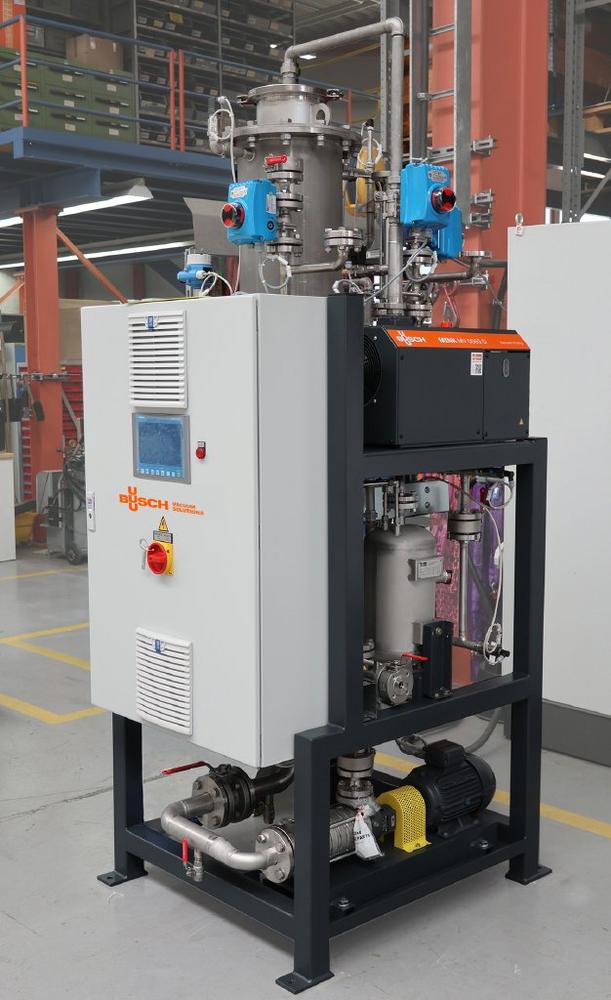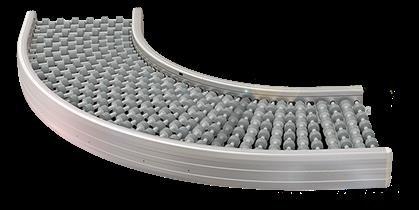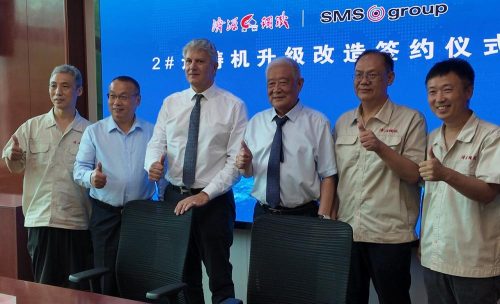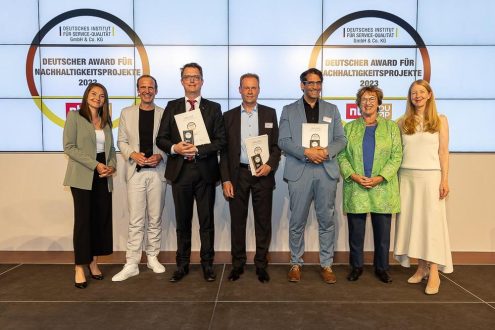
Optimum water properties in the district heating network thanks to state-of-the-art vacuum technology
The Elektrizitätswerke Mittelbaden AG & Co. KG electric utility company with its four sites in Lahr, Offenburg, Hausach and Kehl provides energy for nearly 300,000 residents. The Offenburg site currently also operates district heating networks that provide 900 households with heat. Water fed into the district heating network acts as the heat transfer medium, which is heated to 80° C with waste heat from a cogeneration unit. The district heating system is presently being further expanded. In 2021, a third network will begin operation, with a fourth currently in the planning phase.
Together, both of the existing district heating networks are nearly five kilometers long and consist of thermally insulated black steel pipes. To guarantee that the service life of the pipes is as long as possible, the first step involves reducing the pH value of the water to 0 in a water softening unit. The electrical conductivity of the water is then reduced to the optimum value of eight to nine microsiemens per cubic centimeter (µs/cm3) in a reverse osmosis plant. In the past, the fumes, which mainly consist of oxygen and low quantities of carbon dioxide, were each suctioned out using a degassing system. These units were equipped with liquid ring vacuum pumps. For Tobias Friedemann, the company’s technology expert, this type of vacuum supply was not a satisfactory solution. The vacuum pumps required water as an operating fluid. The costs for the required fresh water added up to 3,000 Euro annually. Since the supplier who previously provided the degassing systems stopped offering service, Tobias Friedemann began to explore the market for alternatives. Using chemicals to treat the water at the electric utility company in Offenburg was not a legitimate alternative for environmental reasons. In addition, using chemicals is complicated because the dosing and composition of the chemicals can cause undesirable reactions, which can in turn have a negative impact on the water quality.
After extensive research, Tobias Friedemann finally discovered Busch Vacuum Solutions. The process engineers at Busch developed a completely new thermal degassing system, at the heart of which is the latest generation of frequency-controlled MINK claw vacuum pumps.
During 24-hour operation, 1000 liters of water per hour are constantly fed into the degassing system from the circuit. The water is sprayed into a vacuum vessel. Spraying the water and the filling bodies in the tank create the largest possible surface area for the water so that the fumes can be effectively suctioned out by the vacuum pump. Water that has been degassed in this way can be fed back into the circuit via the control system either directly or by using a storage tank. One challenge for the process engineers was the confined space in the room directly next to the cogeneration unit. The solution is a compact degassing system on a frame (Fig. 1), that contains all components, including the control system. The connection to the heat supply was realized in such a way that the degassing system alternately treats the water of both district heating networks in operation.
The degassing system from Busch began operation at the beginning of 2020 and, since then, degasses water around the clock for two district heating networks that are 1.8 and 2.8 kilometers long with a total water volume of 300 cubic meters. For Tobias Friedemann the benefits of his new degassing system are obvious. The use of MINK claw vacuum pumps means that he no longer needs fresh water as an operating fluid. He thus saves installation costs for feed-in and removal and, most importantly, the costs for the water itself. MINK claw vacuum pumps work completely dry. That means they do not require water or any other operating fluid to compress or extract vapors. Furthermore, they reliably generate the desired vacuum level in the degassing container. This is independent of the amount of water or its temperature. A variable speed drive enables the vacuum pump to precisely adjust to the water conditions and accurately provide the desired demand-driven vacuum level. Liquid ring vacuum pumps on the other hand are not able to be as accurately controlled, and their vacuum performance depends on the temperature of the water. The nearly maintenance-free MINK claw vacuum pump is replacing two of the previously used liquid ring vacuum pumps. In addition to the variable speed drive, this is also associated with a satisfying reduction in energy costs – a benefit even for an electricity plant. The new degassing system is monitored by a Modbus RTU. In this way, it can be externally operated and controlled. The water circulation, water temperature and water conductivity are all constantly monitored. If one of the three parameters deviates from the target, appropriate corrective actions can immediately be taken.
Tobias Friedemann realized that this is the most promising solution for the future of degassing the water in the district heating networks. He already installed the second degassing system from Busch for the new district heating network, which is due to begin operation next year. Future networks will also be equipped with degassing systems from Busch Vacuum Solutions.
Busch Vacuum Solutions
Schauinslandstraße 1
79689 Maulburg
Telefon: +49 (7622) 681-0
Telefax: +49 (7622) 5484
http://www.buschvacuum.com
Marketing Services
Telefon: +49 (7622) 681-3376
E-Mail: jasmin.markanic@busch.de
E-Mail: sabrina.heinecke@busch.de
![]()



